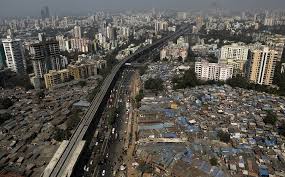GS3 – Infrastructure

Context:
The Gambhira Bridge collapse over the Mahi River near Padra in Gujarat’s Vadodara district has raised concerns over structural integrity and infrastructural oversight in India.
Key Challenges in India’s Infrastructure
- Lack of Regular Maintenance and Audits
- Infrequent post-renovation checks and weak maintenance protocols.
- Example: Morbi Bridge collapse due to failure of regular audits.
- Absence of Real-Time Structural Monitoring
- No real-time monitoring systems to detect stress or damage.
- Example: Aguwani-Sultanganj bridge failed due to lack of supervision and delayed response.
- Engineering Flaws and Overloading
- Poor structural design, insufficient load assessments, and rushed execution.
- Example: Nagpur flyover collapse from inadequate engineering checks.
- Legal and Regulatory Overlaps
- No unified, codified national standards.
- Multiple agencies involved: MoRTH, State PWDs, Central PWD, ULBs, leading to coordination failure.
Way Forward
- Routine Visual Inspections:
Every 6–12 months for early detection of rust, cracks, or seepage. - Vibration Sensors:
Install vibration monitors to detect internal stress and fatigue in real-time. - Load Monitoring:
Deploy weigh-in-motion sensors to prevent overloading, especially on old structures. - Digital Health Tracking:
Long-term structural health monitoring systems for critical bridges and flyovers. - Codified Standards:
Develop and enforce uniform infrastructural codes across states and sectors.




